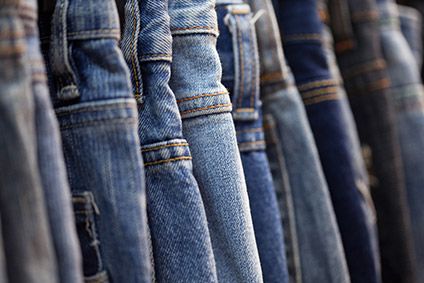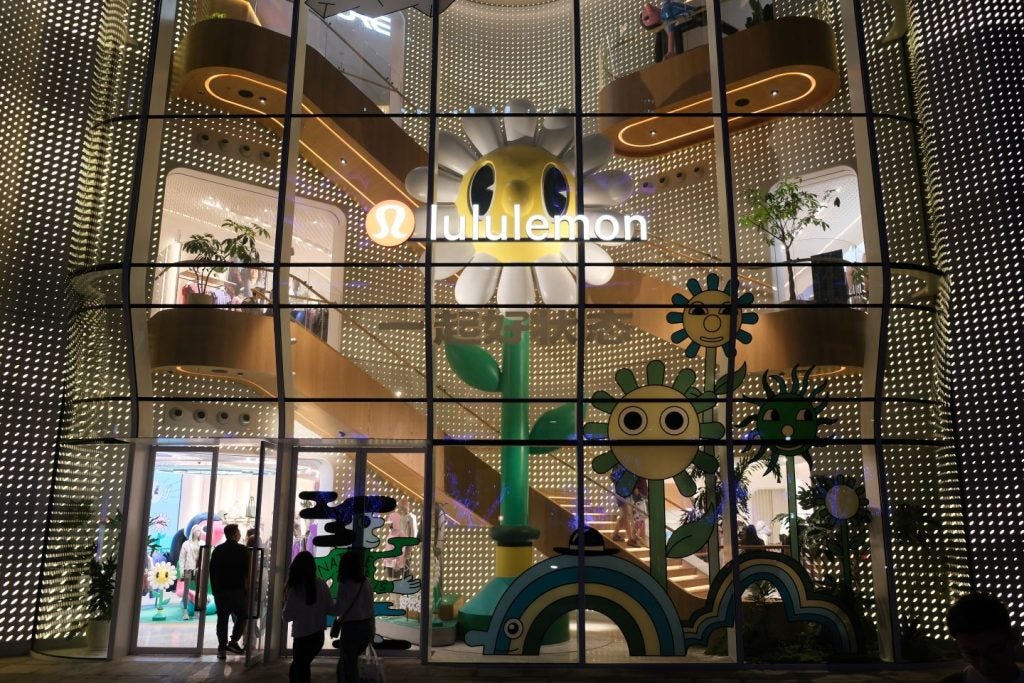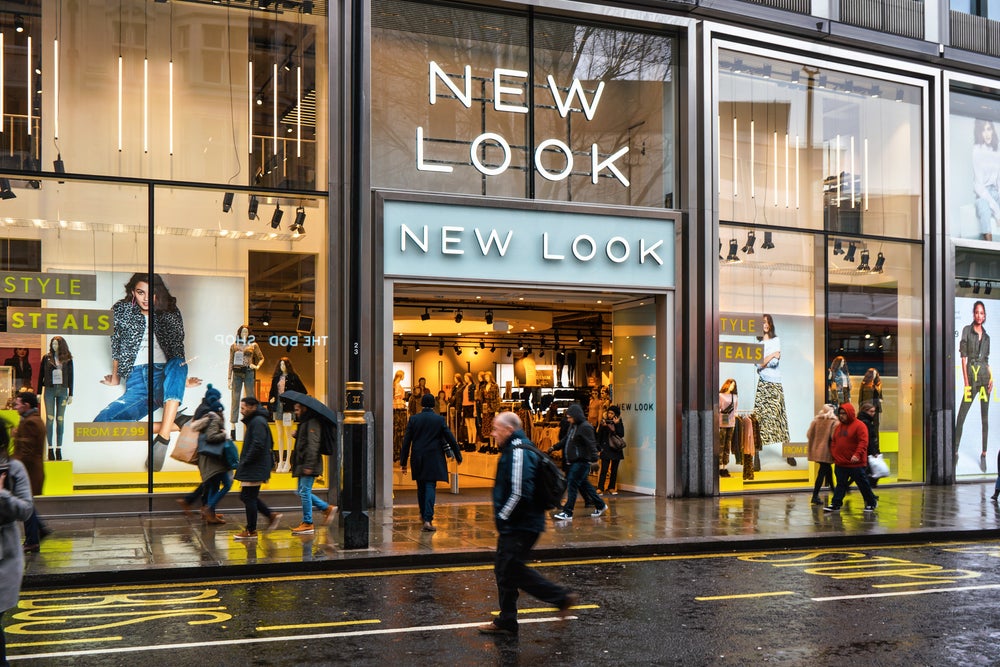
The denim industry must move toward realising the long term impact of smaller changes that have sustainable intentions over ones that are “sexy” in the moment, in order to effect real change, experts have suggested.
Truly realising sustainability in the denim sector will depend on an “innovation slowdown” with brands moving away from the hottest trends in materials and processes and instead toward making smaller, better, more lasting changes to the way jeans are produced.
Over a two-day digital webinar, Kingpins has hosted Kingpins24, a series of web-broadcast interviews and panel sessions with experts.
Andrew Olah, founder of Kingpins, spoke to Sedef Uncu Aki, director of Turkish denim garment manufacturer Orta Anadolu, and Nikki Player, sustainable materials R&D manager at US apparel retailer Everlane, about transparency in denim production and what it could look like over the next five years.
Aki said brands are currently asking for transparency and traceability from factories or specifying certain materials and chemicals are eliminated from the production process, which garment factories relay to tier 2 and 3 factories. But, she said, in the near future she hoped to see a more collaborative approach across the entire supply chain.
“For example, we have been working with Everlane, they come to the factory, ask questions and we are really happy to answer them. We share data about the organic cotton we use and which fields it comes from. We will show them a specific product and share the lifecycle assessment (LCA) data for it. That information can then be shared via their website for their consumers to see. It’s an example of collaboration and transparency. Really, this will increase collaboration through the supply chain.
How well do you really know your competitors?
Access the most comprehensive Company Profiles on the market, powered by GlobalData. Save hours of research. Gain competitive edge.

Thank you!
Your download email will arrive shortly
Not ready to buy yet? Download a free sample
We are confident about the unique quality of our Company Profiles. However, we want you to make the most beneficial decision for your business, so we offer a free sample that you can download by submitting the below form
By GlobalData“We see LCA’s as the step forward as they quantify what we are doing in terms of transparency. You can see how the entire supply chain is behaving and data about the product throughout various stages of the supply chain. It’s important to have the bigger picture and be able to compare the data from one supplier to the next. This creates a higher level of transparency.”
Player added the industry needs to move beyond declaring transparency to a point where it is backing up claims with science.
“In the next five years, I’d like to get beyond the point of just talking about transparency. This shouldn’t be leading the industry anymore, it should be a requirement. We love the idea of each fabric coming with its own spec sheet – here is what it does for the environment, and here is what it does for social implications from the farm through to leaving the mill, and for each mill to have the partnership of the brands in supporting gathering that information as due course and product development.”
But, she said, most of the focus until now for much of the industry has been around garment factories. The focus needs to shift to tier 2 and tier 3 suppliers.
“Historically, it’s been a lot easier to make commitments to your garment manufacturers and not mills. Really, that’s where we see a lot of opportunity in shifting the way the industry works. So when brands are making long term commitment to mills, farms, and raw material suppliers it’s really allowing everyone in the supply chain to know that there is going to be that partnership and source of income and be able to invest that money into making real change in their organisation.
“Right now we are working on transparency mapping in our tier 2. We are trying to make sure we understand who we are buying from and what they place importance on to set a baseline and then set growth plans for us as a brand and then the mills that work for us. The questions we ask help us learn about our suppliers and explore areas where we can guide our suppliers.”
Player said when it comes to sustainability, brands need to move toward making longer-term commitments and understanding the difference the smaller changes made in the industry could actually make.
“Brands tend to really lean into those easier-to-tell, sexy stories and that can turn into in-and-out collections.
“Don’t get me wrong, every step taken is one in the right direction, it’s a challenge to myself too. How can we as an industry figure out how to tell an interesting story about chemicals in a way that resonates? I’d like to see us all commit to making long term change and start to chip away at it.”
Aki added: “Something we’re talking about in-house at the moment is the word innovation. We are saying it needs to slow. Every season, brands want to see what is new. It is so sad that most of the things you are doing as a company are getting lost in the middle somewhere, they don’t even make it to store. I see this as a waste.
“Instead of asking what’s new every season, I would like to see the bigger picture; what big targets do companies have? Instead of focusing on new materials or processes, what can you do to be better?
“Take raw materials. You’re not going to use 100% recycled cotton because it doesn’t look good. But say you use 20% recycled cotton. For one jean that saves 120-200 gallons of water depending on the weight. For a million pieces that’s 120m gallons of water. That’s huge. We need to look at the bigger picture. The best innovation we believe is both technical and emotional. And we join our consumers in that sense in ending the throwaway culture and we want to be part of the solution of fashion without waste.”







